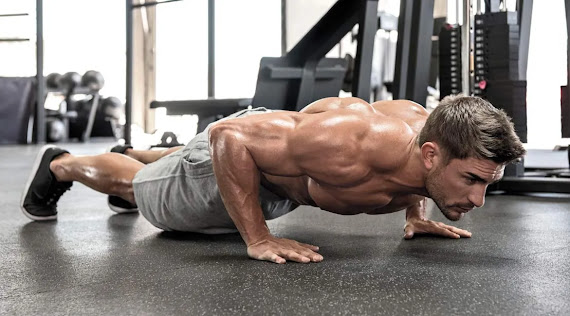Exercise for Different Age Groups | Tailoring Workouts for Teens, Adults, and Seniors
Introduction:
Exercise is beneficial for people of all ages, but the type and intensity of workouts can vary depending on age. Tailoring exercise routines to suit specific age groups ensures safety, effectiveness, and enjoyment. In this blog post, we'll explore how to design workouts for teens, adults, and seniors, highlighting key considerations for each group.
1. Exercise for Teens:
Teenagers have unique physical characteristics and energy levels, making exercise an important aspect of their development. Here's how to tailor workouts for teens:
- Focus on Variety: Teenagers are often eager to try new activities. Incorporate a mix of aerobic exercises, strength training, and flexibility exercises to keep them engaged.
- Emphasize Proper Form: Teach teens the importance of proper form and technique to prevent injuries as their bodies continue to grow and develop.
- Encourage Socialization: Group activities or team sports can be enjoyable and help teens develop social skills while staying active.
- Set Realistic Goals: Help teens set realistic fitness goals based on their individual abilities and interests to foster a sense of achievement and motivation.
2. Exercise for Adults:
As adults juggle work, family, and other responsibilities, finding time for exercise becomes crucial for overall health and well-being. Here are some tips for designing workouts for adults:
- Prioritize Consistency: Encourage adults to find a balance between work, family, and exercise by scheduling regular workouts into their weekly routine.
- Incorporate Functional Movements: Focus on exercises that mimic everyday movements to improve strength, mobility, and flexibility, enhancing overall functional fitness.
- Offer Options for All Fitness Levels: Provide modifications and progressions for exercises to accommodate varying fitness levels and prevent boredom.
- Stress Management: Highlight the role of exercise in reducing stress, improving mood, and promoting mental clarity, making it an essential part of self-care for adults.
3. Exercise for Seniors:
As individuals age, maintaining muscle mass, bone density, and flexibility becomes increasingly important for preserving independence and quality of life. Here's how to tailor workouts for seniors:
- Focus on Safety: Prioritize exercises that are low-impact and gentle on joints to reduce the risk of injury. Incorporate balance and stability exercises to prevent falls.
- Include Strength and Flexibility Training: Strength training with light weights or resistance bands can help seniors maintain muscle mass and bone density. Flexibility exercises such as yoga or tai chi can improve range of motion and mobility.
- Encourage Socialization: Offer group exercise classes or activities tailored to seniors to foster social connections and combat feelings of isolation.
- Emphasize Functional Fitness: Incorporate exercises that improve activities of daily living, such as getting up from a chair or reaching overhead, to enhance independence and confidence.
Conclusion:
By tailoring exercise routines to suit the specific needs and abilities of teens, adults, and seniors, you can ensure that individuals of all ages reap the numerous benefits of regular physical activity. Whether it's building strength, improving flexibility, or boosting overall well-being, exercise is truly a lifelong pursuit that can enhance quality of life at every stage.


.jpeg)
Comments
Post a Comment